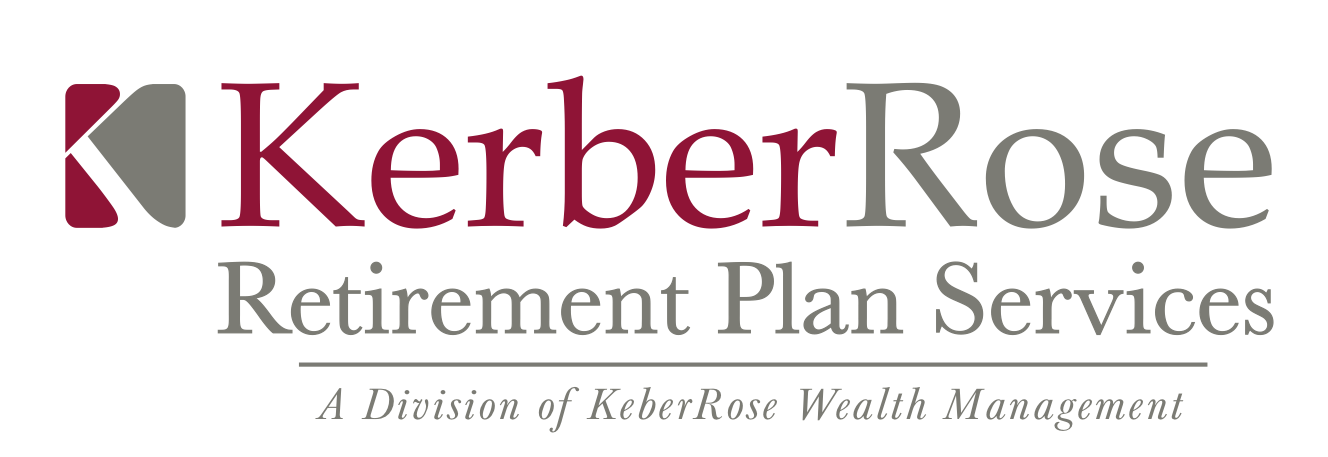A Glass Half Full: Why Women are 50% Less Prepared for Retirement
According to recent data from the National Council on Aging and the Women's Institute for a Secure Retirement, nearly half of women ages 25 and older lack access to a tax-advantaged, employer-sponsored retirement plan.
Digging Deeper into the Data
The top reported financial concerns among women, alongside insufficient retirement savings, include housing costs, Social Security and Medicare cuts. Unfortunately, lack of access to retirement plan benefits doesn’t paint a complete picture of the problem, because even among those women who are eligible for workplace retirement plans, average account balances lag behind those of men by a startling 50%, according to Bank of America's Financial Life Benefits Impact Report. This disparity can create a chain of negative financial consequences for both female workers and organizations.
Impacts on Women and Employers
The impacts of the shortfall in women’s retirement savings on the overall gender wealth gap are far-reaching, worsening their longer-term financial insecurity. Due to their longer average lifespan, women often require larger nest eggs for retirement than men. Therefore, a lack of adequate savings can often translate to a lower quality of life in retirement for women and can also delay their exit from the workforce due to economic necessity, which can then pass on additional costs to employers.
A Multi-Pronged Strategy
Beyond closing the gender pay gap, employers can help women better prepare for a more secure retirement in a number of ways:
Implement auto-enrollment and auto-escalation features to help increase contribution rates among all those who may be contributing insufficiently, including women.
Encourage saving by offering matching contributions — or increase the match offered.
Provide financial wellness programs to educate women about the retirement savings gap and steps they can take to close it, including catch-up contributions for all eligible workers.
Furnish additional education around the areas of concern for women mentioned above.
Offer family leave to allow for continuing retirement plan contributions during periods of family care (only 24% of private-sector U.S. employers offer this benefit, according to the Department of Labor).
Institute flexible work arrangements and allow part-time worker inclusion to help women stay in the workforce and continue contributing.
A Win-win Solution
Implementing measures to address the gender gap in retirement savings can lead to many tangible benefits for organizations, including an increase in productivity and staff retention rates, maintaining a competitive edge in talent acquisition, and more effective and cost-efficient succession planning. In these and many other ways, helping women win at retirement can also yield significant dividends for the businesses employing them. To assist women in your workforce, contact any of our KerberRose Trusted Advisors today.
Sources:
PLANSPONSOR (2023, May 16). Nearly Half of Women Lack Workplace Retirement Plan Access, Survey Shows. https://www.plansponsor.com/nearly-half-of-women-lack-workplace-retirement-plan-access-survey-shows/
Bank of America (2023, June 28). BofA Data Finds Men’s Average 401(k) Account Balance Exceeds Women’s by 50%. Bank of America. https://newsroom.bankofamerica.com/content/newsroom/press-releases/2023/06/bofa-data-finds-men-s-average-401-k--account-balance-exceeds-wom.html
U.S. Department of Labor (n.d.). Paid Family and Medical Leave Fact Sheet. https://newsroom.bankofamerica.com/content/newsroom/press-releases/2023/06/bofa-data-finds-men-s-average-401-k--account-balance-exceeds-wom.html
